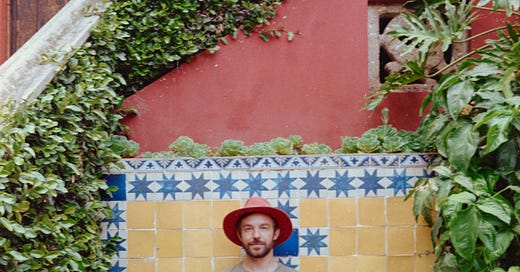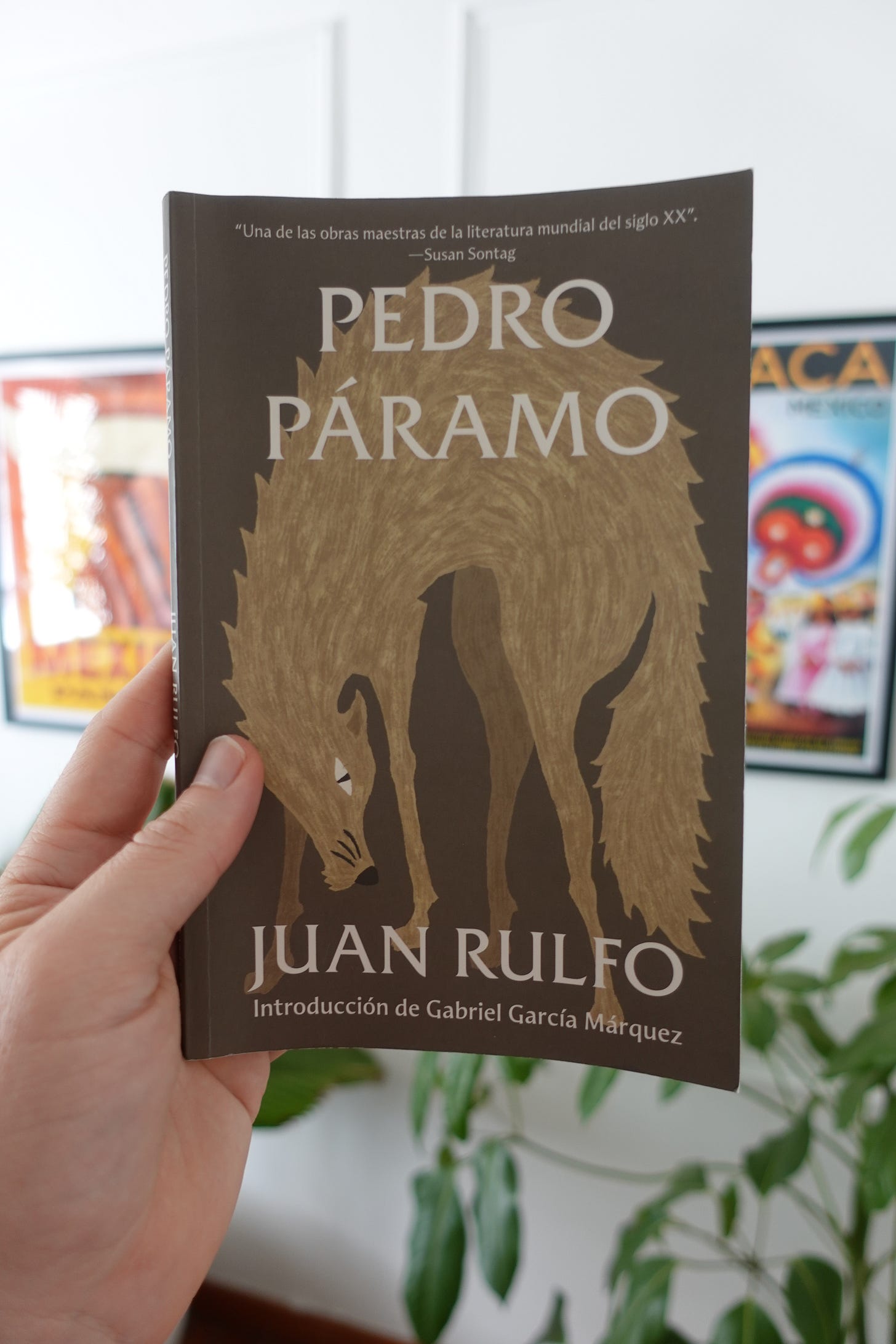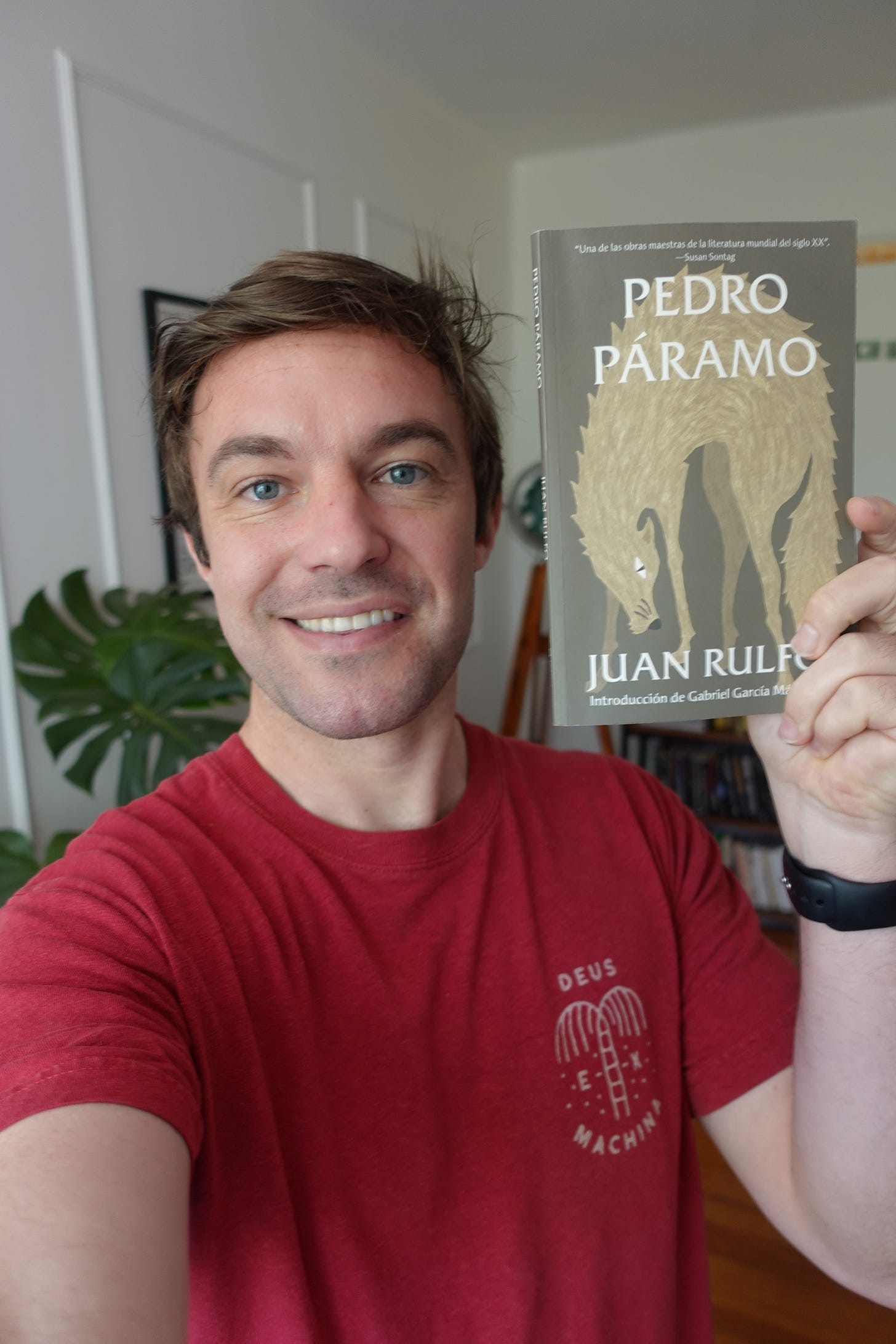Thank you to everyone who joined us last month in reading Just Kids by Patti Smith. Practically everyone who read it loved it, so add it to your list if you haven’t already. And if you want more of Patti, subscribe to her Substack. I now consider her to be my punk-rock-poet godmother.
I recorded the book club discussion and will be posting that shortly for all subscribers. But just a reminder that this is the last month I’ll be offering paid subscription benefits (such as live Zoom discussions) for free to everyone, so make sure you join us on the next one at the end of September.
And without further ado, let’s get into the September pick.
Some considerations…
As I mentioned in last month’s book club announcement, my intention of this book club is to guide us around the world one book at a time. I’m picking titles for maximum geographic and cultural diversity (where English translations are available), while alternating between male and female authors, fiction and non-fiction.
We started off with two non-fictional books and last read a female author so next, we’ll read a novel by a male author from a different continent.
This month, I was deeply torn between a few great novels (including one from India) that I don’t know if I can wait three more months to read. So we’ll see how strict I am with my fiction/non-fiction rule…
But seeing as how I’ve devoted the past month to covering the topic of foreigners in Mexico, I felt it was appropriate to choose a Mexican novel that will help outsiders better understand this culture. Besides, September is Hispanic Heritage Month in honor of Mexican Independence Day on the 16th.
But which Mexican novelist to read first? Carlos Fuentes? Octavio Paz?
I surveyed my audience and got many recommendations, but one book was recommended far more frequently than the rest - Pedro Páramo by Juan Rulfo.
Why does it matter?
This short novel is widely considered to be a masterpiece of Mexican literature, one of the most important novels of the 20th century, and helped spark the “magical realism” boom in Latin America in the 60s and 70s.
Published in 1955 by Mexican author Juan Ruflo, Pedro Páramo was his first and last novel. It was initially received cooly by critics and only sold 2,000 copies. But like many great works, it later found its audience and was met with widespread acclaim.
Notably, the legendary Colombian author Gabriel García Márquez (GGM) frequently cites it as a major influence in his shift towards magical realism. He discovered the book while working as a journalist in Mexico City in 1961, and Rulfo’s words helped him overcome writer’s block and pave the way for 100 Years of Solitude.
In the forward of Pedro Páramo, GGM writes that although all of Rulfo’s published writing “adds up to no more than 300 pages; but that is almost as many and I believe they are durable as the pages that have come down to us from Sophocles.”
So I guess that makes this the hipster alternative to 100 Years of Solitude. ; )
What’s it about?
Pedro Páramo tells the story of a young man named Juan Preciado who honors his dying mother’s wish by traveling to her hometown to track down his father - Pedro Páramo - whom he has never met. But when he arrives in Comala, he finds a literal ghost town inhabited only by the spirits of the past, who come bearing messages.
I’m just starting it, but so far the plot jumps around in a non-linear fashion as Juan’s discovery of Comala is interspersed with flashbacks to the childhood of his father, Pedro Páramo, and interactions between other ghostly characters, making it feel as if you’re being transported into a living cemetery on the Day of the Dead.
If you’ve read 100 Years of Solitude, you will instantly recognize where GGM got his inspiration for the town of Macondo, a place that feels both real and mythical, lost in the sands of time.
There are no chapters, it’s not always clear who is speaking, where in time the scene is taking place, or even whether the narrator is alive or dead. So get ready for some close reading - and maybe even some re-reading.
At first, these scenes appear unrelated and fragmented. But as I make my way through the novel, it becomes clear that this style is central to the book’s genius and part of the spectral exploration of the theme of death that is so central to the Mexican worldview.
How to find your copy
Although this book has been translated into 30 languages and sold more than 1,000,000 copies in English, it can still be hard to track down outside of Mexico. There are definitely English copies on Amazon, but the Audible version is only in Spanish.
I bought my copy at one of my favorite bookstores - Small World Books in Venice Beach. But they only had a copy in the original Spanish. And, being an incorrigible hipster, I decided to read it in Spanish and then be sure to tell you about it.
To be honest, I actually don’t read that in Spanish, so starting with a short novel seemed more manageable, given that I abandoned Cien Años de Soledad halfway through. I also downloaded the Audible version in Spanish and I’m listening while I read, which helps me appreciate both the meaning and lyricism of the words.
Call your local book store to see if they have it, or just order it on Amazon. It’s only 130 pages long, so even if it takes you time to find a copy, you should have plenty of time to read it before our next discussion.
Join the Live Zoom Discussion
I’ll send out a Zoom link in a few weeks to confirm the date and time but for now, please grab your copy and vote on the date for the live discussion below.
Happy reading! Get your copy and tag me on Instagram using the hashtag #MarkoBookClub to be reposted.
Hasta pronto,
Marko








Excited for this one! I couldn't participate in the last meeting, but I'm reading this month's pick. I found it translated to portuguese :) Do you already know the date of the discussion?
I enjoyed the last book club! I’m hoping to make it to another, but will the poll dates be for a 6pm PST time frame again?